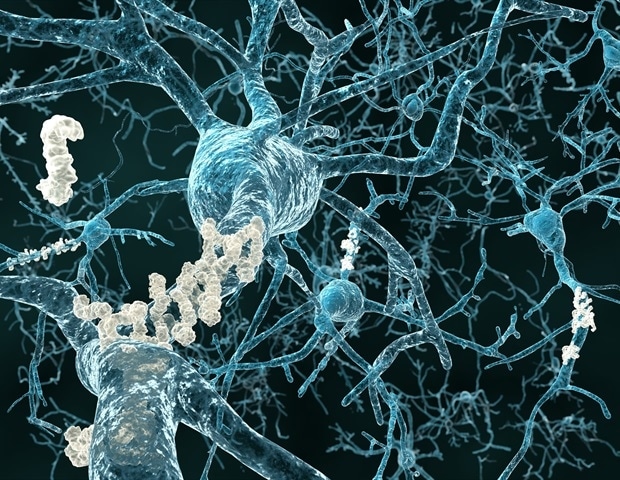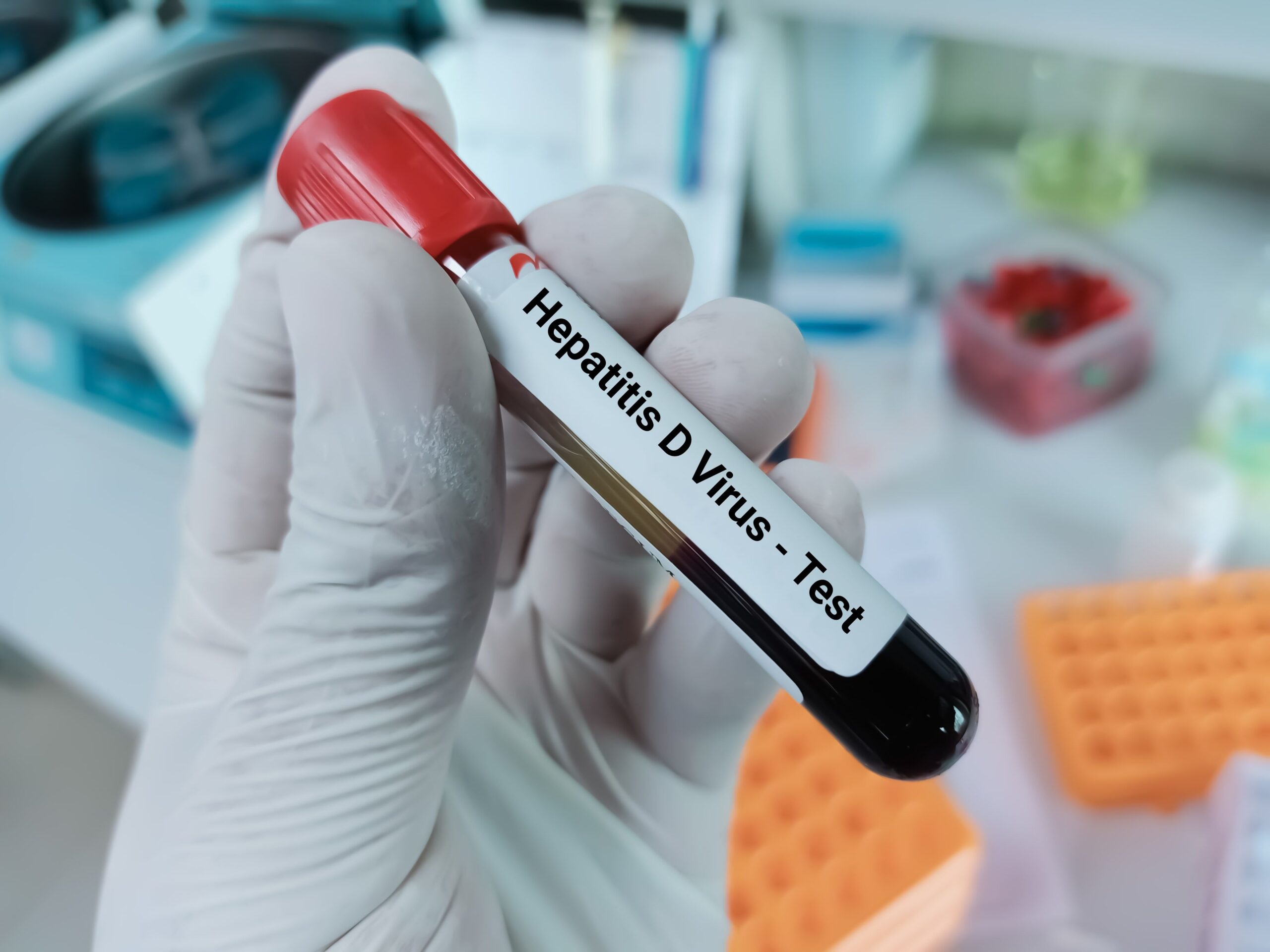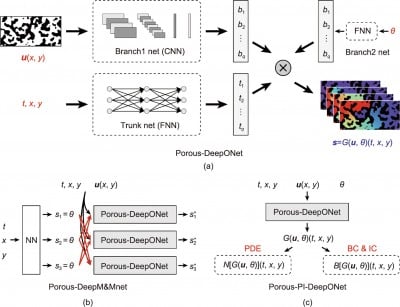Using a custom-built tool to analyze electrical activity from neurons, researchers at Brown University have identified a brain-based biomarker that could be used to predict whether mild cognitive impairment will develop into Alzheimer’s disease.
“We’ve detected a pattern in electrical signals of brain activity that predicts which patients are most likely to develop the disease within two and a half years,” said Stephanie Jones, a professor of neuroscience affiliated with Brown’s Carney Institute for Brain Science who co-led the research. “Being able to noninvasively observe a new early marker of Alzheimer’s disease progression in the brain for the first time is a very exciting step.”
The findings were published in Imaging Neuroscience.
Working with collaborators at the Complutense University of Madrid in Spain, the research team analyzed recordings of brain activity from 85 patients diagnosed with mild cognitive impairment and monitored disease progress over the next several years. The recordings were made using magnetoencephalography, or MEG – a noninvasive technique to record electrical activity in the brain – while patients were in a resting state with their eyes closed.
Most methods for studying MEG recordings compress and average the detected activity, making it difficult to interpret at the neuronal level. Jones and other researchers at Brown pioneered a computational tool, called the Spectral Events Toolbox, that reveals neuronal activity as discrete events, showing exactly when and how often activity occurs, how long it lasts and how strong or weak it is. The tool has become widely used and has been cited in more than 300 academic studies.
Using the Spectral Events Toolbox, the team looked at brain activity events in patients with mild cognitive impairment, occurring in the beta frequency band –– a frequency that has been implicated in memory processing, making it important to study in Alzheimer’s disease, according to Jones. They discovered distinct differences in the beta events of the participants who developed Alzheimer’s disease within two and a half years, in comparison with those who did not.
Two and a half years prior to their Alzheimer’s disease diagnosis, patients were producing beta events at a lower rate, shorter in duration and at a weaker power. To our knowledge, this is the first time scientists have looked at beta events in relation to Alzheimer’s disease.”
Danylyna Shpakivska, the Madrid-based first author of the study
Spinal fluid and blood biomarkers can identify the presence of toxic beta amyloid plaques and tau tangles –– proteins that build up in the brain and are thought to contribute to Alzheimer’s disease symptoms. A biomarker from brain activity itself represents a more direct method of assessing how neurons respond to this toxicity, said David Zhou, a postdoctoral researcher in Jones’ lab at Brown who will lead the next phase of the project.
Jones envisions that the Spectral Events Toolbox could be used by clinicians to diagnose Alzheimer’s disease before it progresses.
“The signal we’ve discovered can aid early detection,” Jones said. “Once our finding is replicated, clinicians could use our toolkit for early diagnosis and also to check whether their interventions are working.”
Meanwhile, Jones and her team will move into a new phase of research, funded by a Zimmerman Innovation Award in Brain Science from the Carney Institute.
“Now that we’ve uncovered beta event features that predict Alzheimer’s disease progression, our next step is to study the mechanisms of generation using computational neural modeling tools,” Jones said. “If we can recreate what’s going wrong in the brain to generate that signal, then we can work with our collaborators to test therapeutics that might be able to correct the problem.”
The research was supported by the National Institutes of Health, including the Brain Research through Advancing Innovative Neurotechnologies (BRAIN) Initiative, in addition to funding from agencies in Spain.







